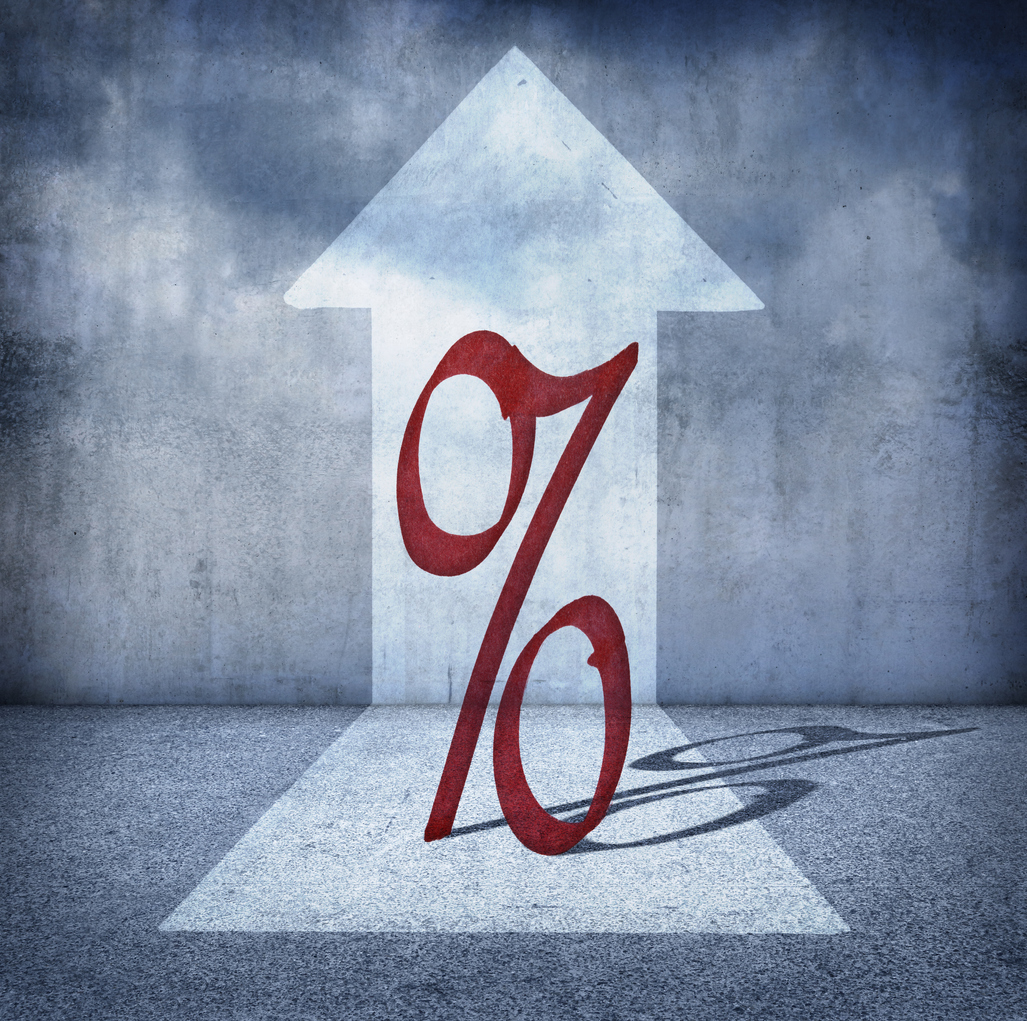According to S&P Global Market Intelligence, premium dollars continue to flow into the U.S. excess and surplus market, which accounted for 8.7% of the country’s total property and casualty industry during the first half of 2022.
Excess and surplus, or E&S, direct premium written in the United States, excluding Lloyd’s of London syndicates, increased by 27.6% during the first six months of 2022 to $37.60 billion. In comparison, the total P&C market in the United States, excluding E&S premiums, grew by only 8.4% during the same time period.
While year-over-year premium growth for E&S premiums was significant in 2022, it was slightly less than the 29.7% growth seen in the first six months of 2021.
Surplus line carriers typically insure complex or high-risk businesses that cannot find insurance in the traditional or admitted markets. The regulatory model is less stringent than the framework for admitted carriers, giving E&S companies more leeway in setting premium rates and terms for their policies.
Markel defies the trend.
Markel Corp. was the only underwriter with more than $1 billion in surplus premiums through the first six months of 2022 to see its share of E&S direct premiums fall relative to total premiums during the period. The insurer’s share of E&S direct premiums is declining because admitted premiums are growing faster than surplus premiums.
Markel’s surplus direct premiums increased by 9.8% to $1.96 billion in the first half of 2022, compared to a 15.5% increase in admitted premiums.
Alleghany Corp.’s surplus units account for roughly 68% of total direct premiums written in 2022, the highest among the largest E&S writers. This analysis was completed prior to the firm’s acquisition by Berkshire Hathaway Inc. Alleghany’s share of surplus premiums increased by 5.5 percentage points in the first half of 2022 when compared to the same period the previous year.
Surplus direct premiums from the combined Berkshire and Alleghany entity should account for 12.0% of total premiums through the first six months of 2022.
Commercial liability coverages are more expensive than E&S premiums.
Commercial liability lines of business account for more than half of all surplus direct premiums written. For the full fiscal year 2021, E&S direct premiums totaled $63.17 billion, with $38.62 billion written in various commercial liability business lines. Individual business lines and state-level breakdowns for surplus writers are only available once a year.
The reported “other liability claims-made” coverage has the highest share of direct surplus premiums in comparison to the total industry. Roughly one-third of the reported direct premiums in the business line in 2021 were recorded in surplus writers.
While E&S premiums make up a small portion of the industry’s total commercial auto business, they have seen the most growth in the last five years. The five-year compounded annual growth rate was 25.6% during the period.
Five states have a double-digit share of the E&S market.
At the end of 2021, there were five states, excluding the District of Columbia, where the share of E&S premiums was greater than 10% of total premiums. The largest is California, where the state recorded $12.09 billion in surplus premiums in 2021, which equates to roughly 12.5% of the state’s total premiums.
Surplus premiums in the commercial auto line of business had the highest CAGR in the Golden State, at 32.5%, followed by homeowners insurance at 30.7%. Wildfire risk and a lack of adequate rate increases have caused several insurers to withdraw from the California homeowners market, which should continue to fuel the state’s homeowners surplus market’s outsized growth.
So far in 2022, American International Group Inc. has exited the admitted market, Chubb Ltd. has significantly scaled back its exposure, The Allstate Corp. stopped writing new business and Lemonade Inc. halted its direct business in the state.














